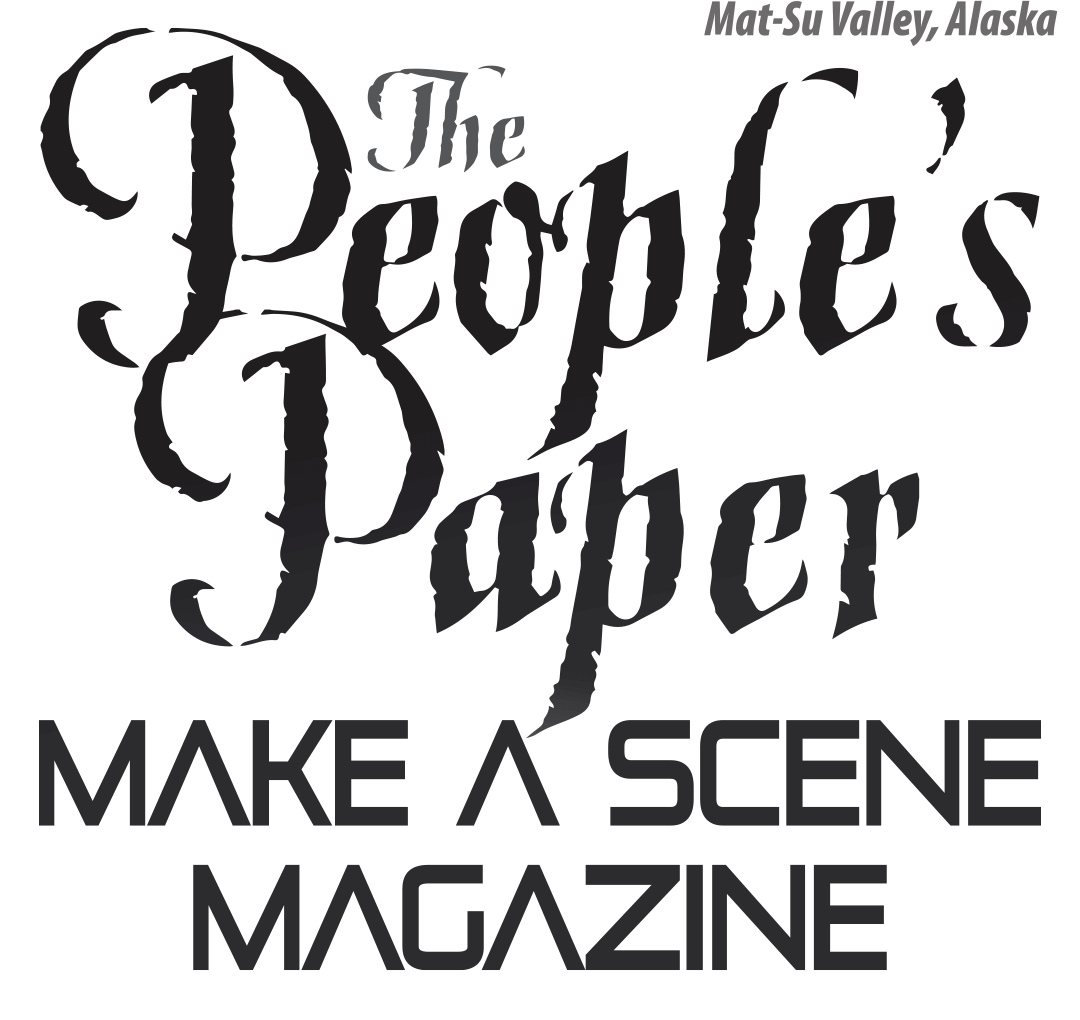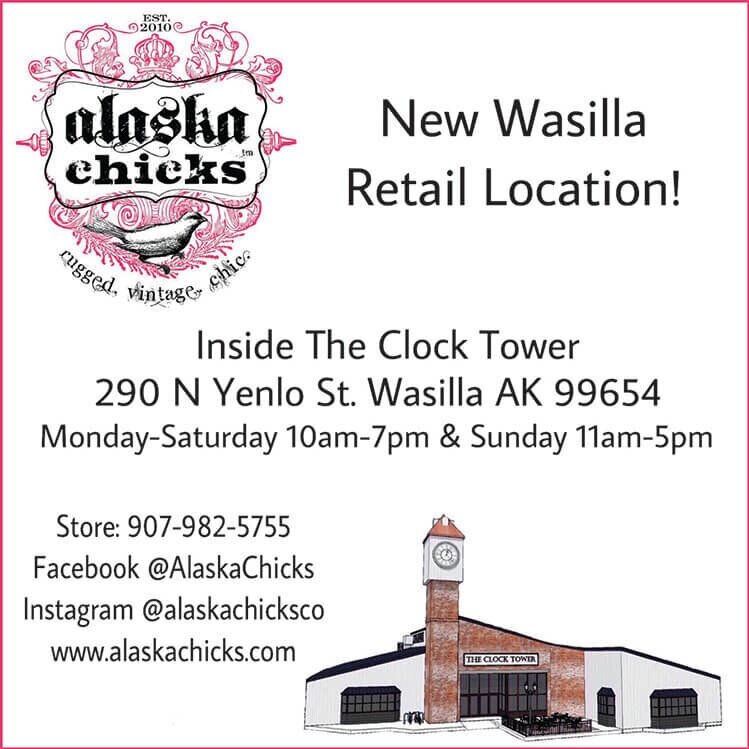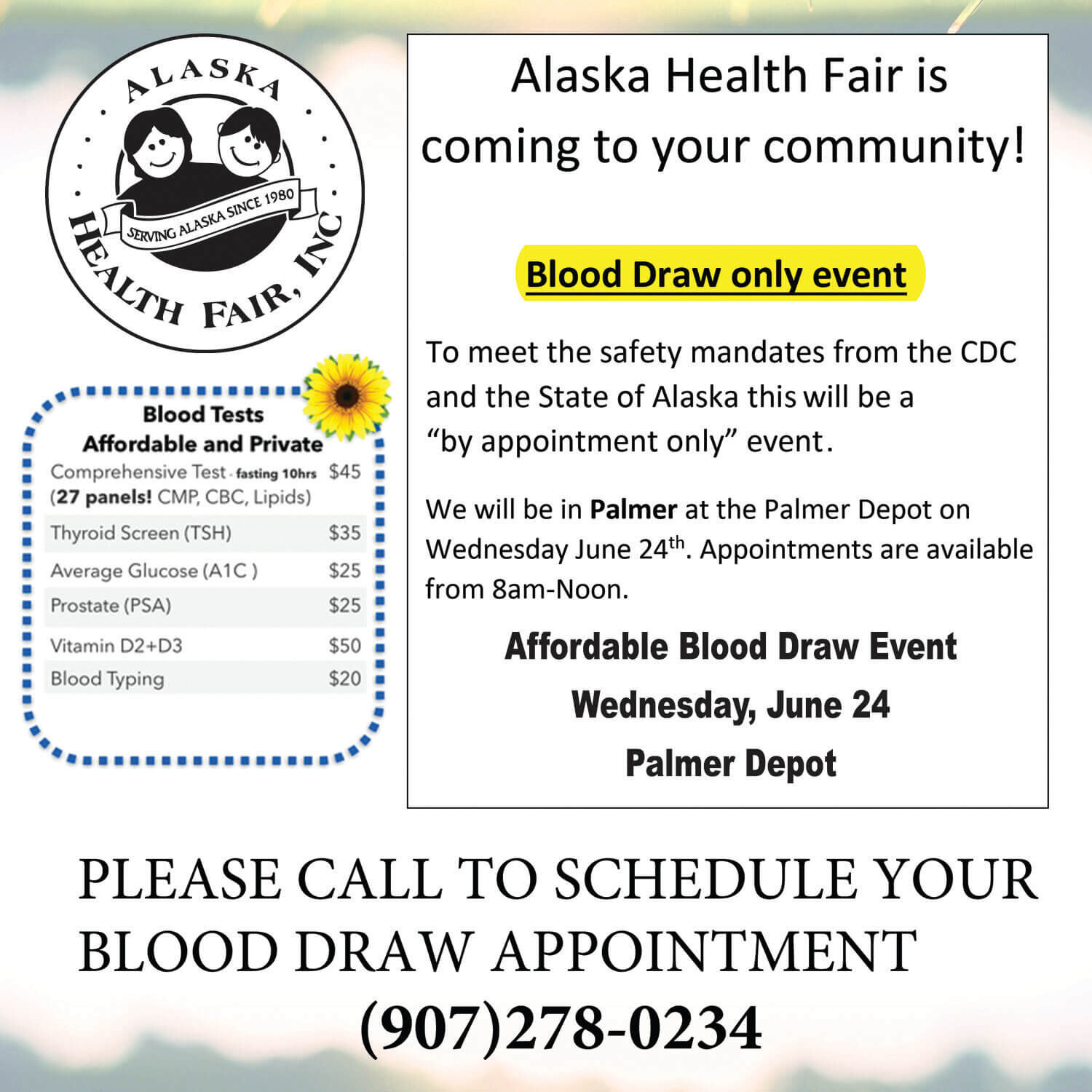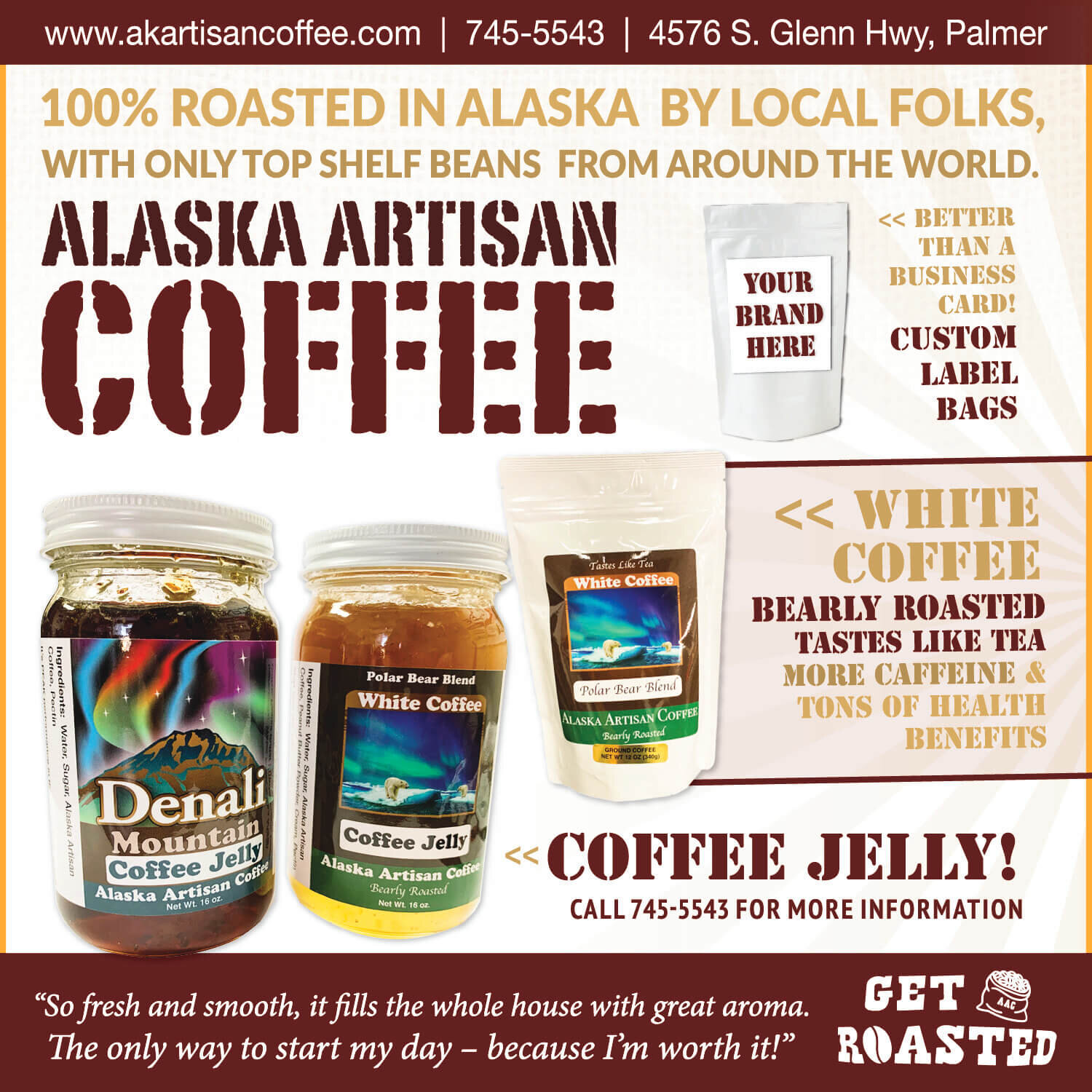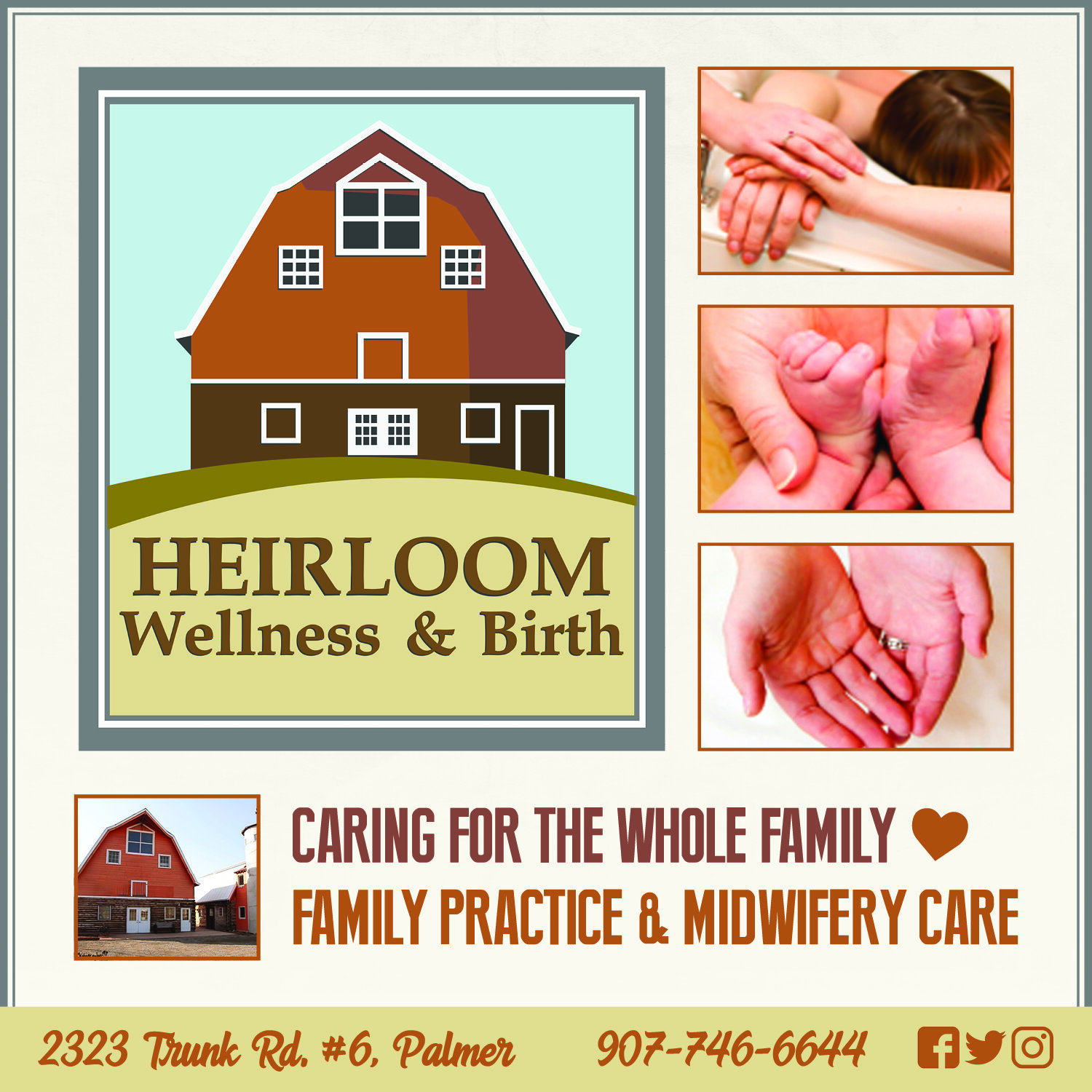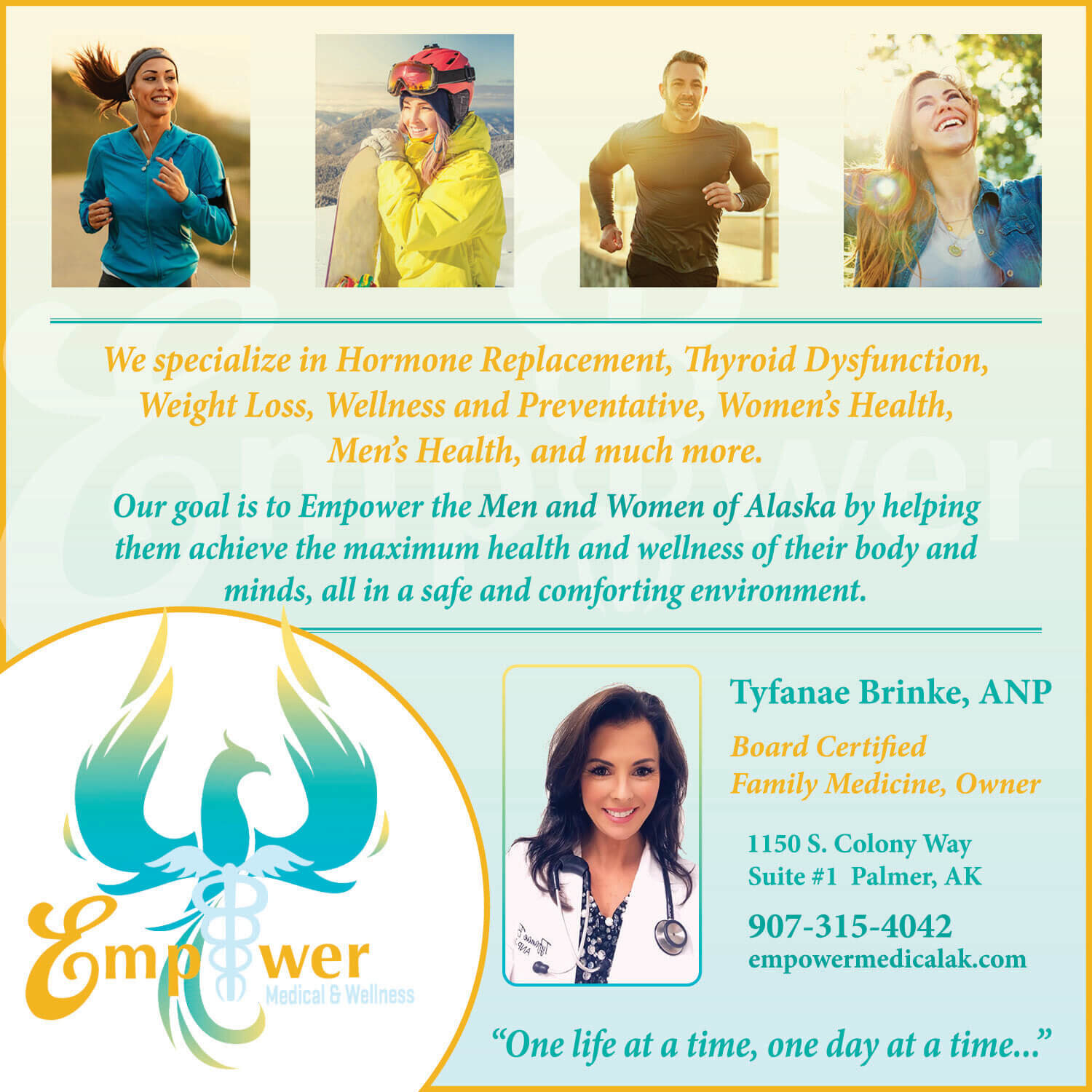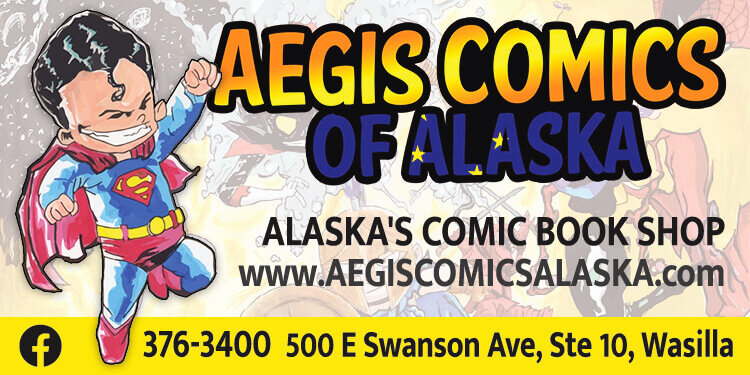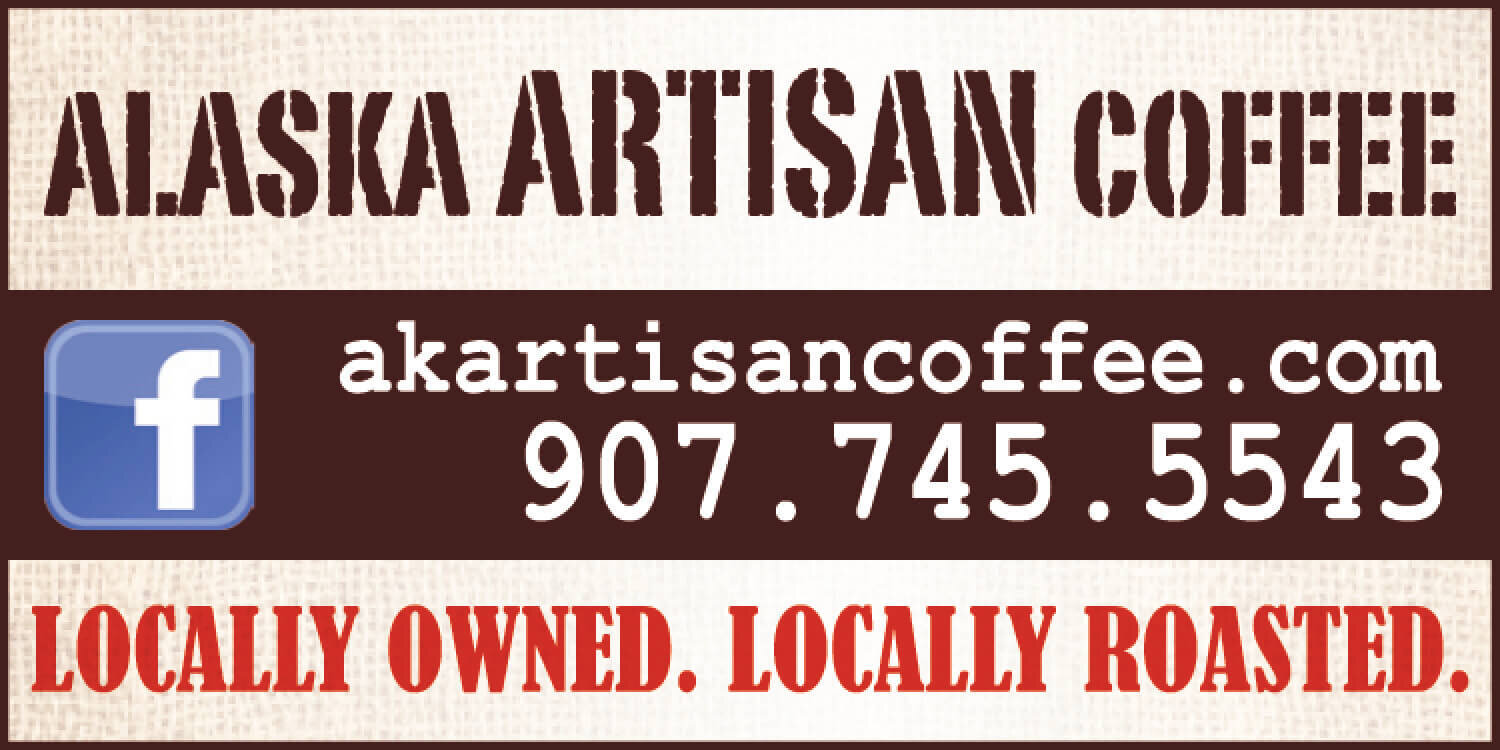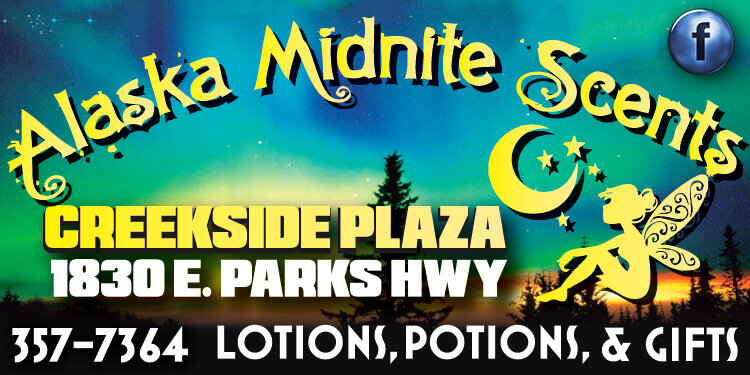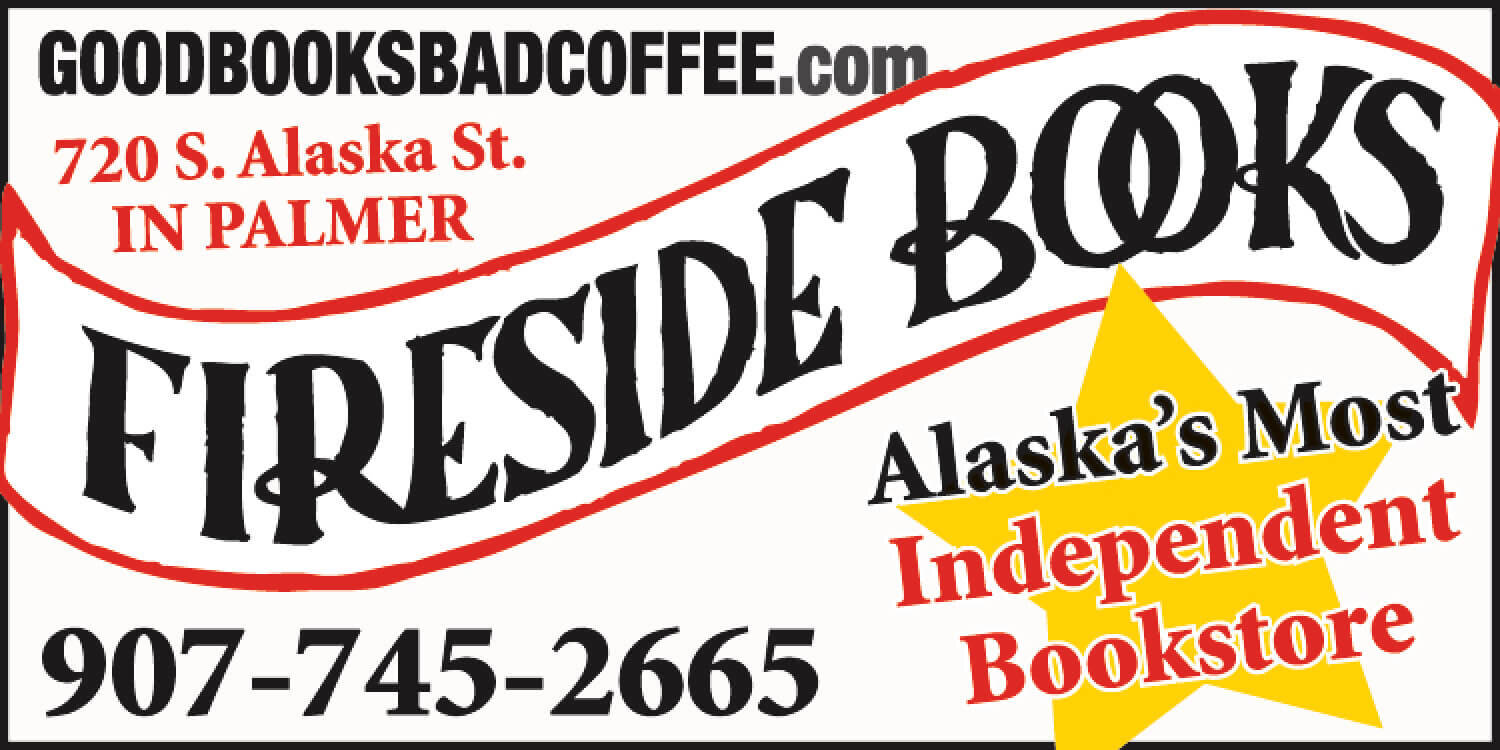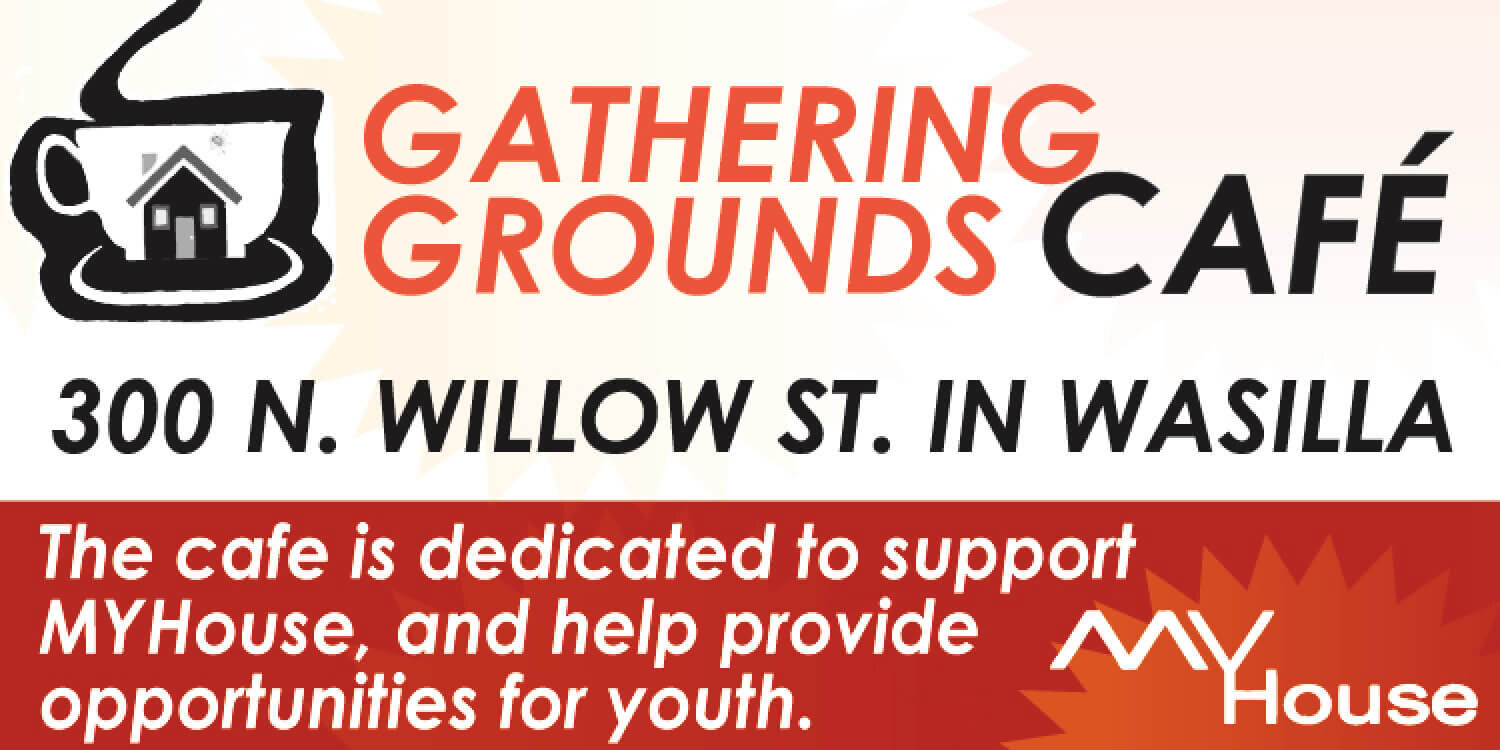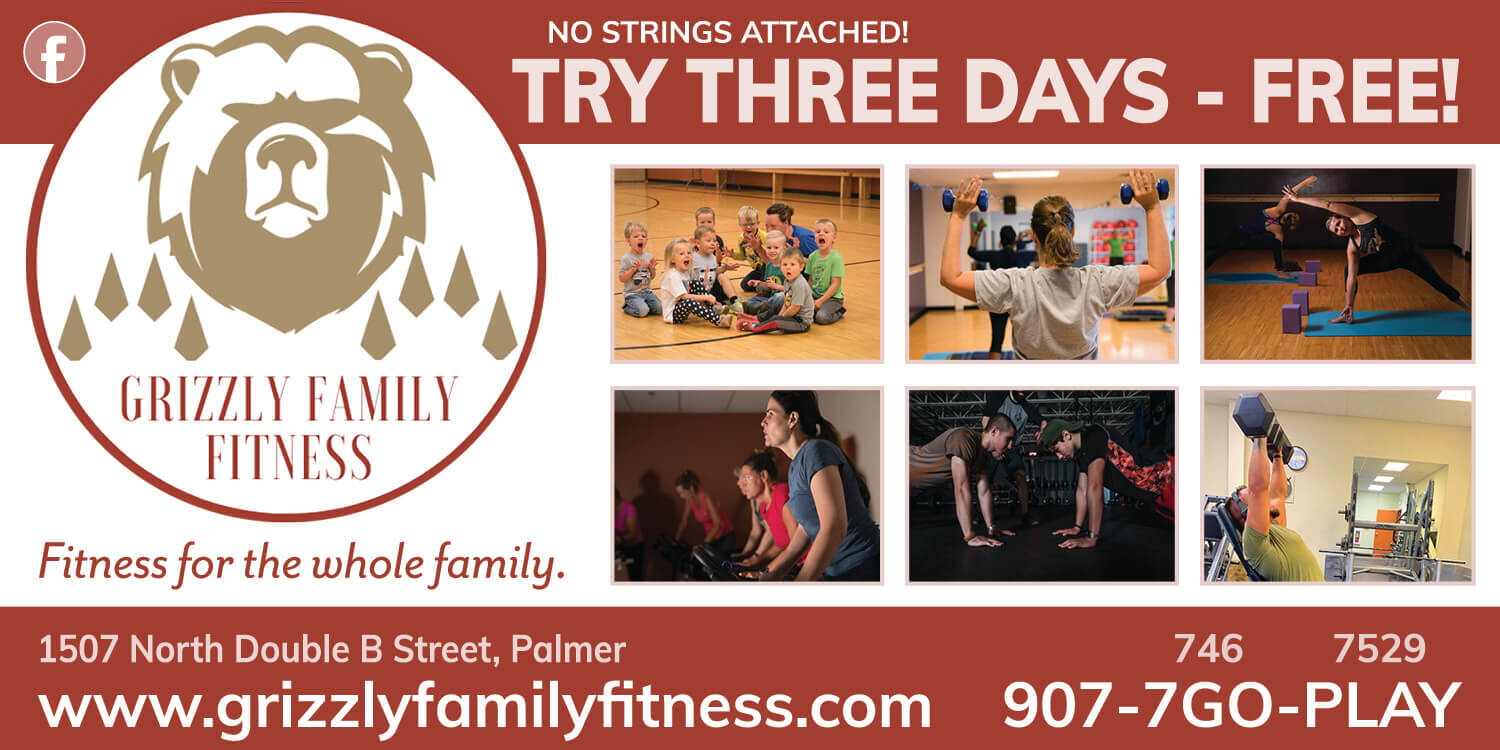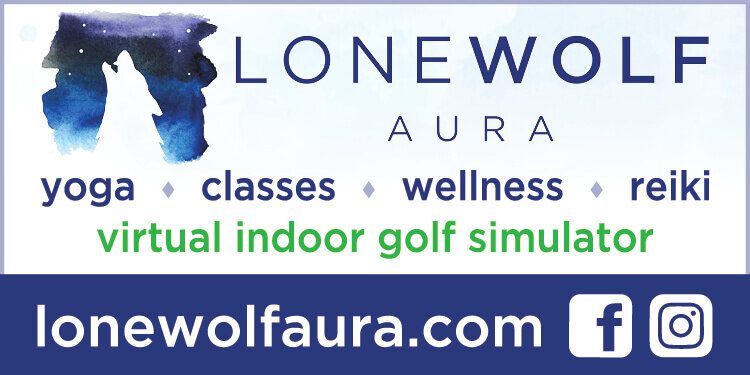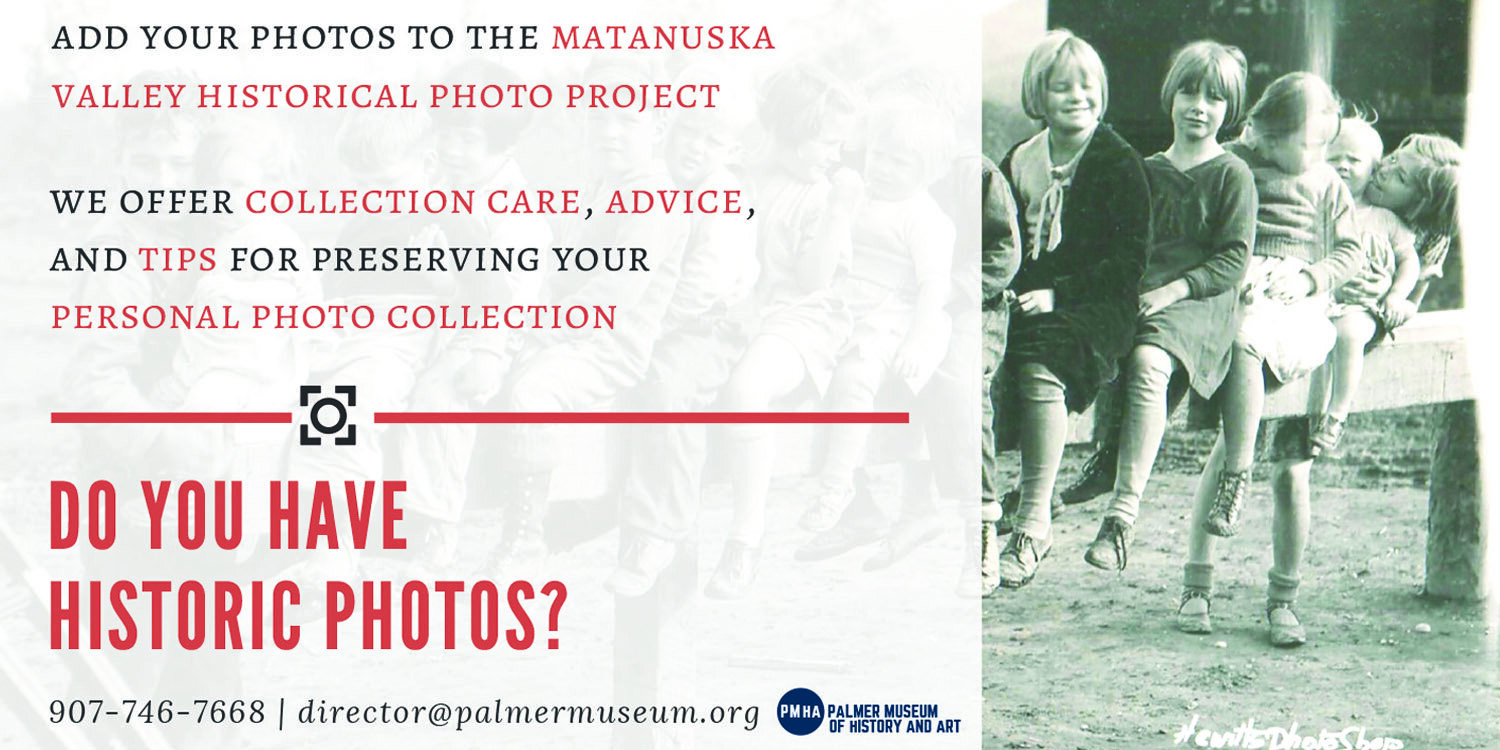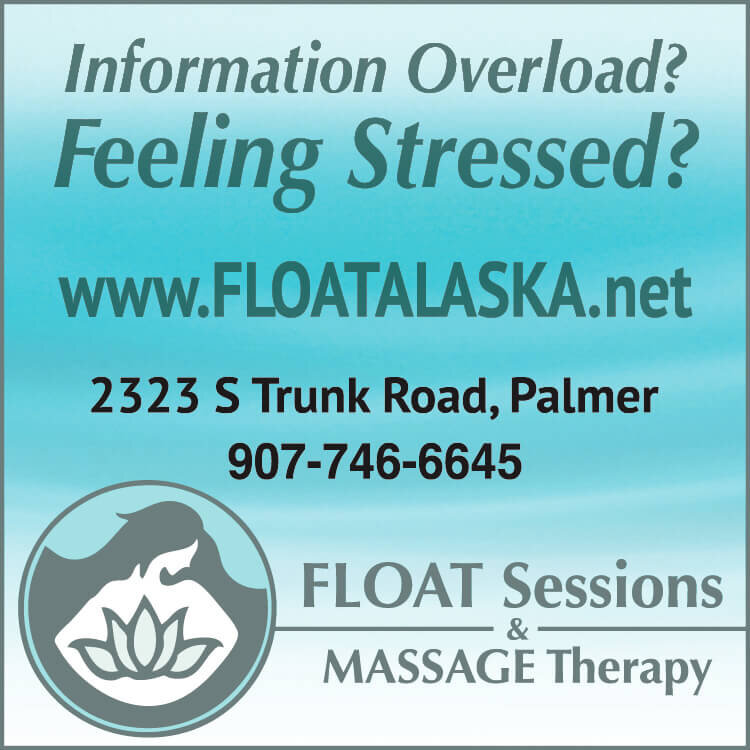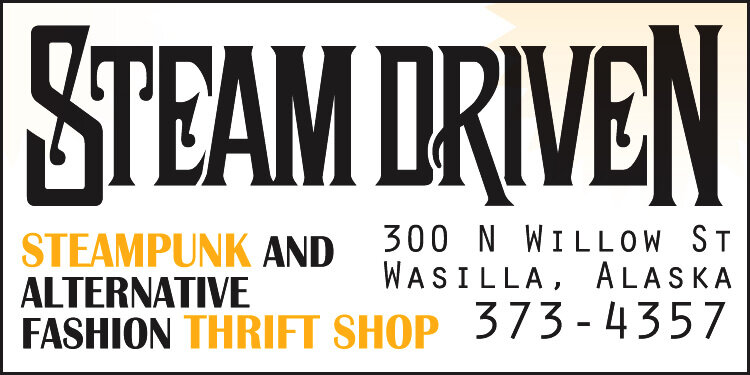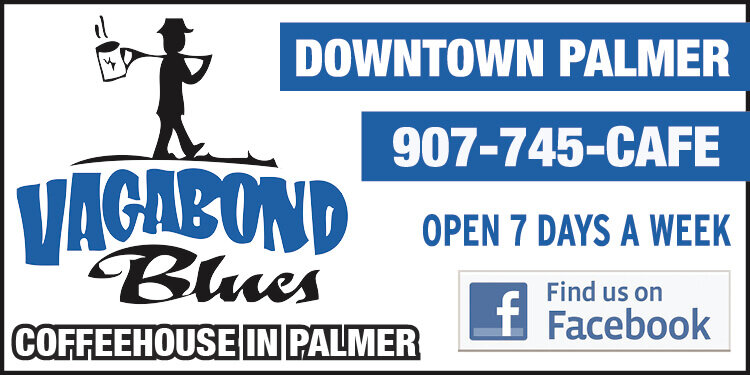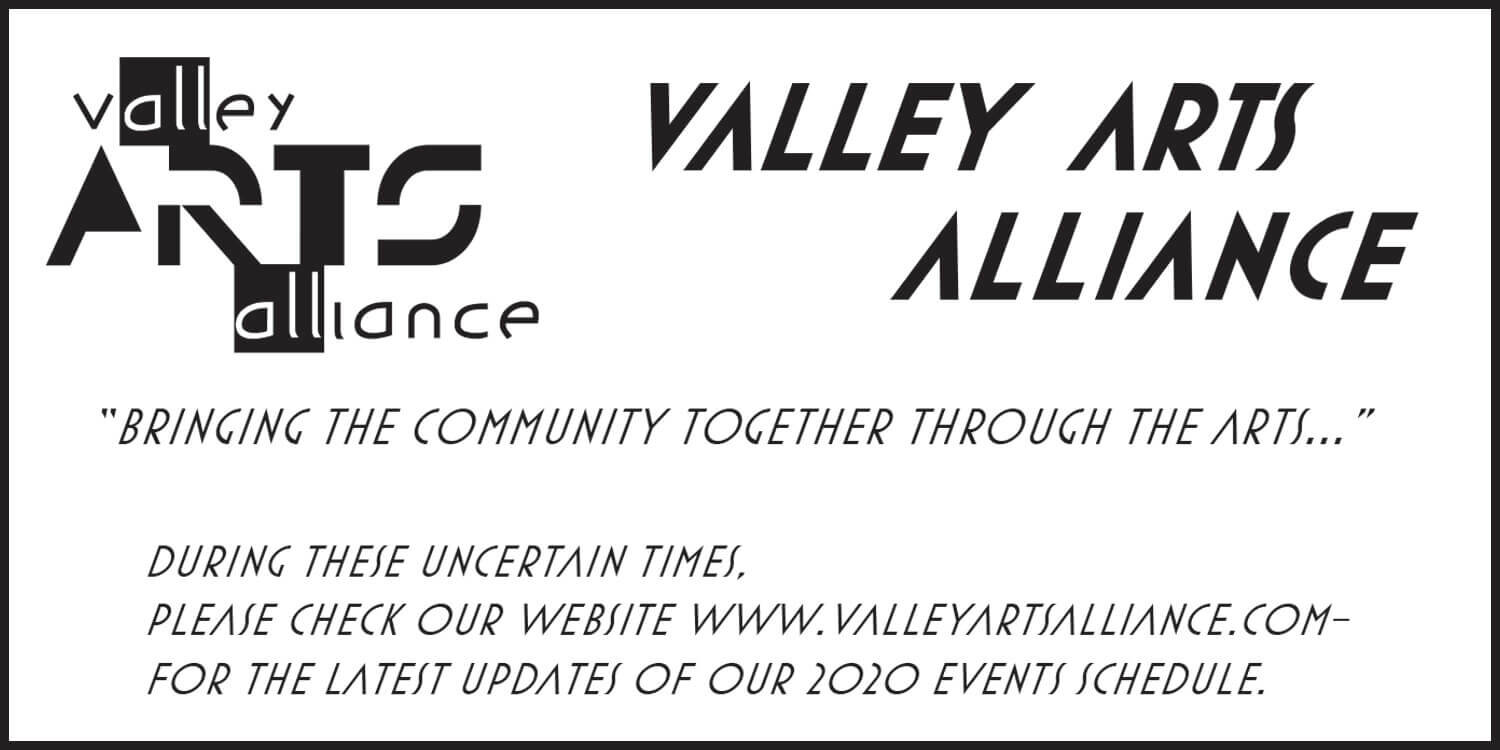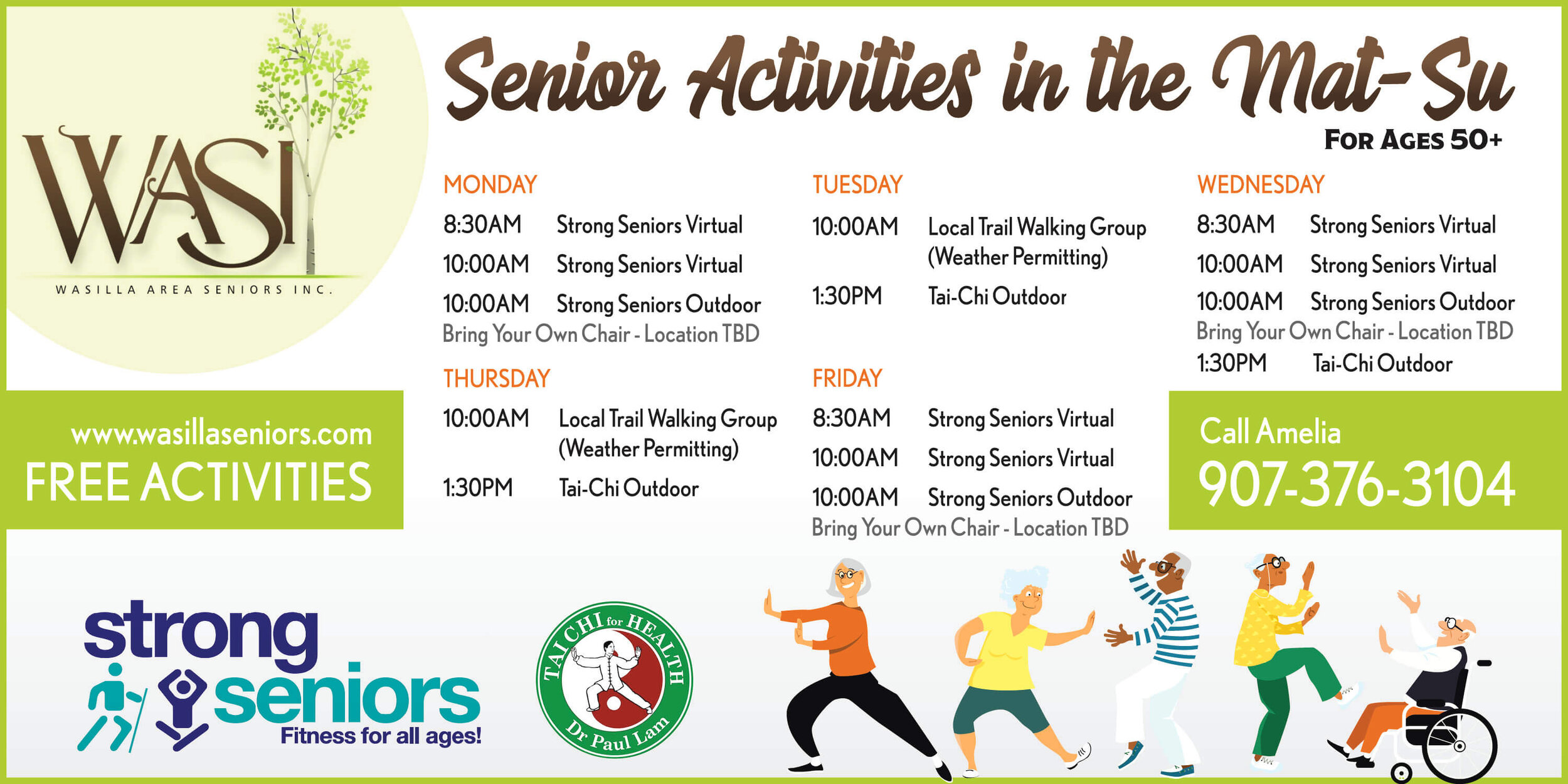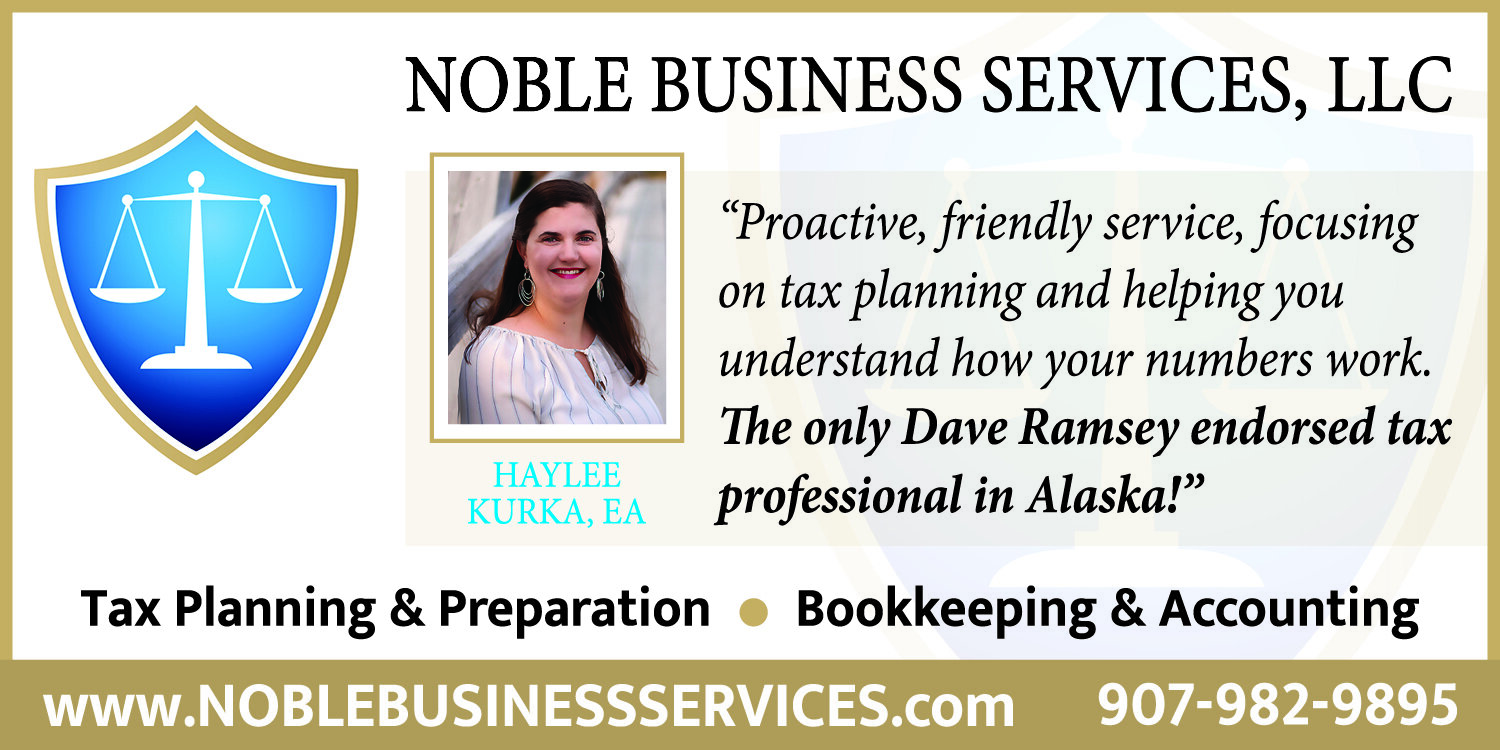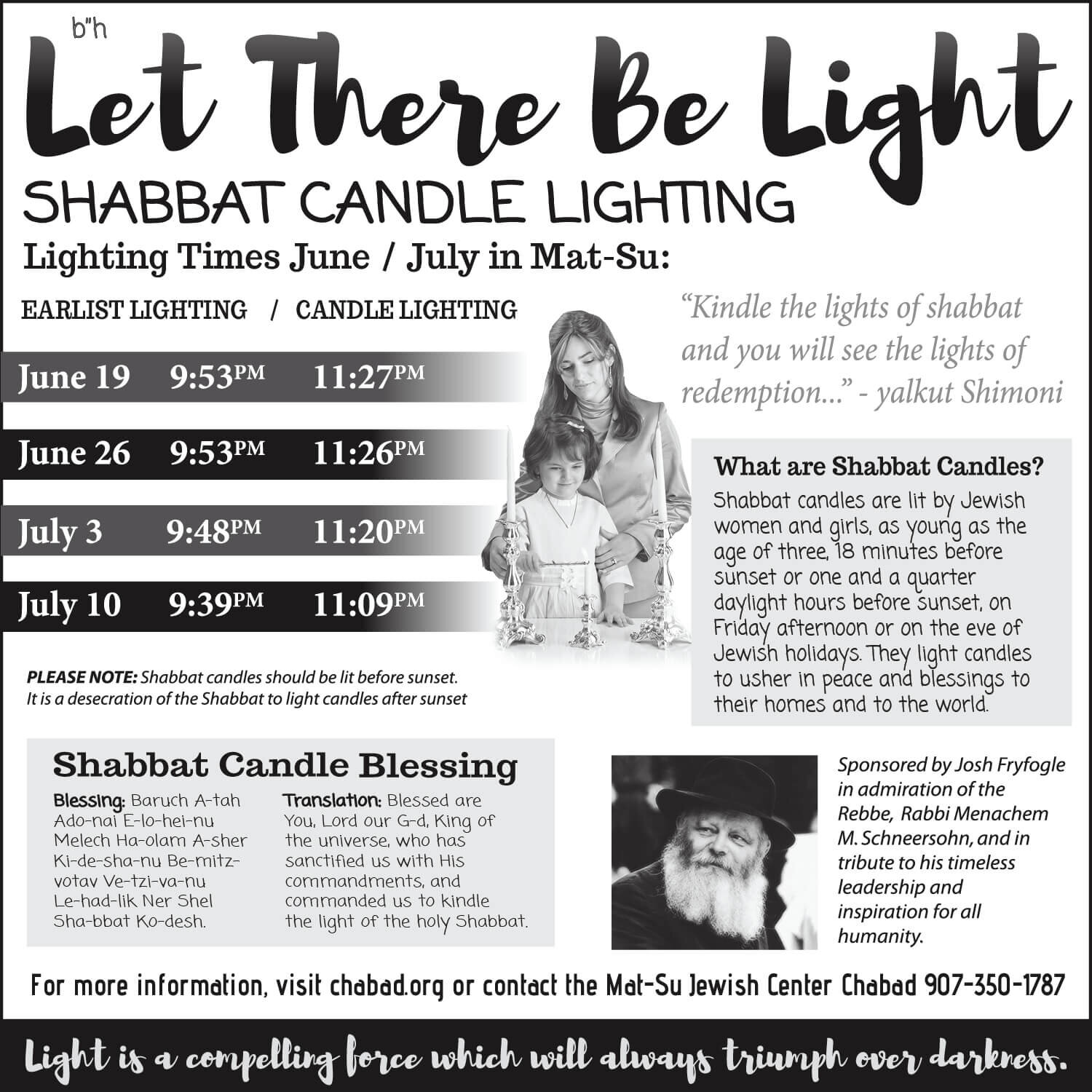Contributed by John Rozzi and Dave Rose
Are Shelters the Answer?
As I mentioned in my last two articles, when we hear the word homeless, many of us automatically picture a person that panhandles, pushes a shopping cart and lives in a tent. Although this is often true, most chronically homeless people make up a small portion of the homeless population. However, when we breakdown the different stages of homelessness, the people that live in tents fully meet the HUD’s definition of a chronically homeless population as “An individual or family living in a public or private place not meant for human habitation; which can include living in shelters too.” This is the population many are trying to move from the streets to a shelter. Many chronically homeless do not see a shelter as the solution. Let me explain further.
The invisible become visible
Just five years ago it was common to have groups question whether we even had homeless issues in the Valley. Mat-Su Coalition on Housing and Homelessness identified camps over five years ago through Project Homeless Connect. As a Coalition we worked to make the invisible population visible by changing the community’s perception. As visibility has increased, for example homeless with cardboard signs at Walmart, community awareness and concerns have increased. This may be the source of many comments heard at our Coalition Community meetings, newspaper articles, editorials, or letters. Mat-Su Valley residents have expressed concerns regarding community safety, community reputation as well as meeting the basic needs of a fellow neighbor.
In a typical year we receive increased requests to assist the chronically homeless population when the weather turns cold. Additionally, many residents have contacted us to assist someone panhandling outside of a grocery store or on a street corner. Unfortunately, we have heard of many chronically homeless seeking a warm bed, safety, and food at the emergency room or local jail. As a Coalition, our response has been to refer those in need to our community non-shelter programs; Knik House, MYHOUSE and Salvation Army.
Shelter Information
Shelters are highlighted during the cold months of Alaska as the one solution to help meet the housing needs of the chronically homeless. Shelters, simply put, are a place giving temporary protection from bad weather or danger (definition from google dictionary). Shelters are an over- simplification of a complex issue.
The negative aspects of shelters include; safety concerns, seen as an expensive band aide solution, and a temporary bed with limited personal space. In the eastern part of the lower 48, operating a shelter costs an average of $2,100 a month per person or $17,500 to $23,600 a year per person just to feed and house the homeless. (Jul 30, 2009 the Philadelphia Inquirer). Can you imagine what it costs in the Mat-Su?
Based on a google internet search I learned the following:
Cons:
- You have to live with a bunch of other people.
- You have to leave at a certain time and be in at a certain time.
- People sometimes bring in bed bugs or diseases.
- You always have to watch your stuff from being stolen.
- You can’t just come and go as you please.
- Some people would say it's a con that you can’t go drink if you want to go there.
- You have to go to bed at a certain time. let's just say, you have to follow rules. Lol
Pros:
- You get a warm meal.
- You have people to talk to
- You have a warm place to sleep
- You can get cleaned up a little at some places.
- You meet people that can make a lasting impression on you.
- You can learn of more resources.
- In some places you can watch TV.
What’s next?
So, are shelters the answer for the Mat-Su? If so, who is going to step forward to finance the shelter operation on an annual basis? Who is going to offer a walkable location to build a shelter? What’s your perception of homelessness? What do you think are the main reasons individuals become chronically homeless? Shouldn’t their families be caring for them? Please feel free to weigh in and give your opinion on the homeless challenges and solutions we have in the Mat-Su Valley.
John Rozzi is the CEO of Valley Charities, Inc.; Serves as the Operating Board Chair of the Mat-Su Coalition on Housing and Homelessness. Dave Rose serves as the Coordinator for the Mat-Su Coalition on Housing and Homelessness.
